Exploring the nano world of proteins
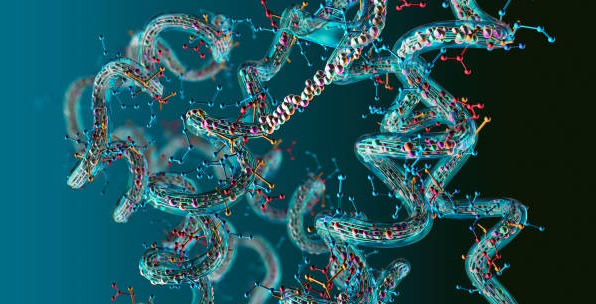
Hello, curious readers! Today we are going to delve into the exciting world of proteins and discover how these tiny wonders juggle mechanical stimuli as if they were real acrobats. To start, let’s talk about PIEZO1, the star of our show, try to use your imagination and visualize PIEZO1 as some kind of giant sensor that detects all kinds of mechanical signals in your body, from the touch of a pen to blood pressure. That’s crucial for everything to work properly!
A group of cool scientists from Scripps Research delved into the mysterious world of PIEZO1 and brought us the exciting details. What did they do? Well, instead of just looking at it, they labeled different parts of PIEZO1 with fluorescent molecules and measured the distances between them. What they discovered was that PIEZO1 looks very different when it is embedded in the cell membrane, in its “natural environment”. Previously, some scientists thought that this protein was cup-shaped when in action, but it turns out that in the membrane it is stretches like an accordion. Imagine that!
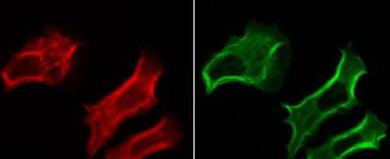
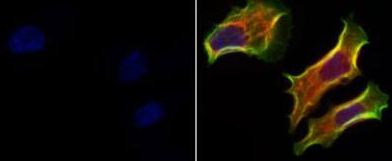
Now, the interesting thing about all this is that this new knowledge could help us find drugs to treat PIEZO1-related diseases, it’s like finding the lost remote control on the couch, but for medicine! Ardem Patapoutian, the chief scientist behind this study, already won a Nobel Prize for discovering PIEZO1 and PIEZO2, which are like orchestra conductors that allow our cells to respond to mechanical stimuli. So we can say that this discovery is music to our ears! The best part about all this is that these scientists used super-advanced microscopes to see how PIEZO1 behaves in its natural environment, so in short, they are changing the way we look at structural biology. Bravo, team!
And that’s not all, they are eager to explore more about how PIEZO1 moves. So who knows, we could be on our way to finding solutions for mechanical pain and much more. Science always surprises us, so there you have it, folks. The next time you hear about proteins and mechanical stimuli, you’ll know there’s a fascinating world behind it! Until the next scientific adventure!
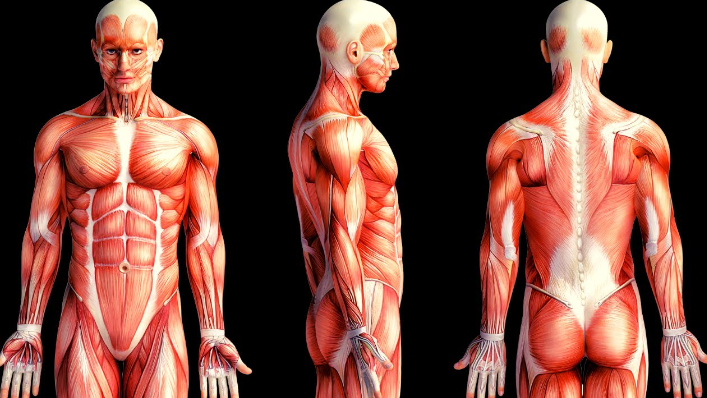
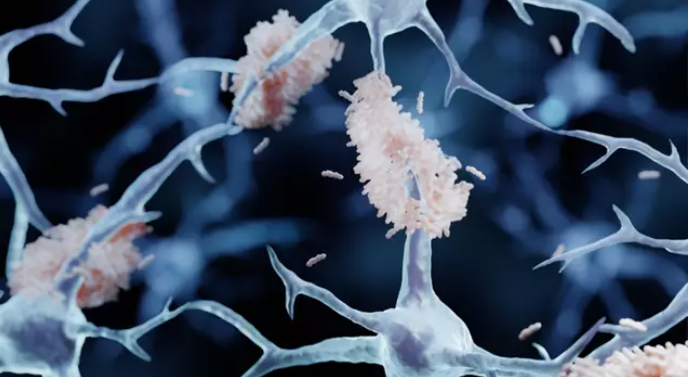
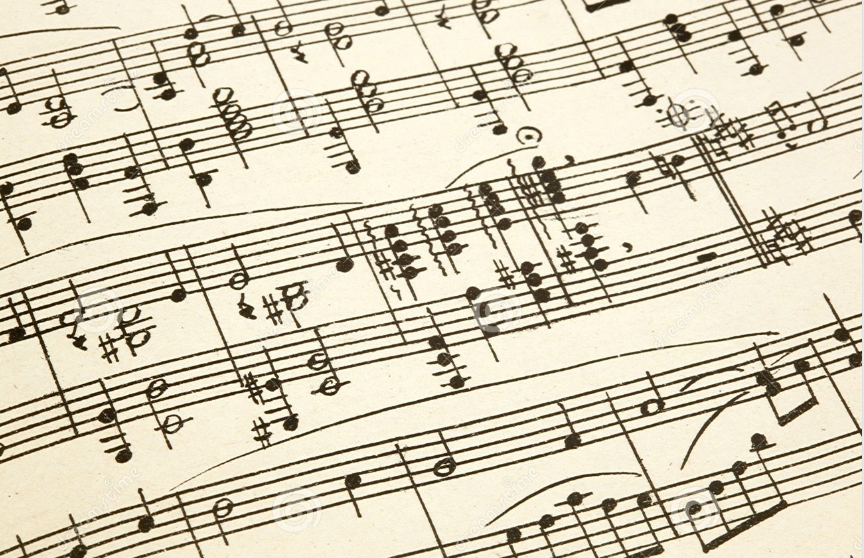
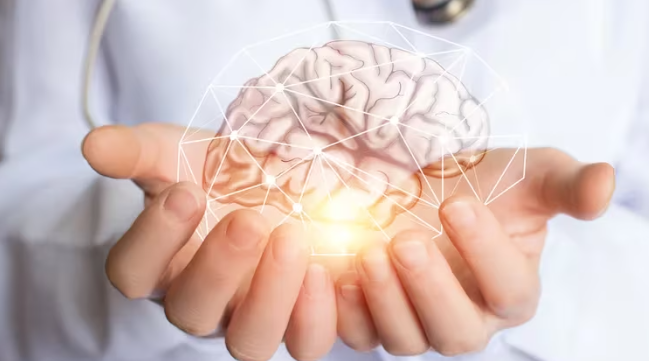
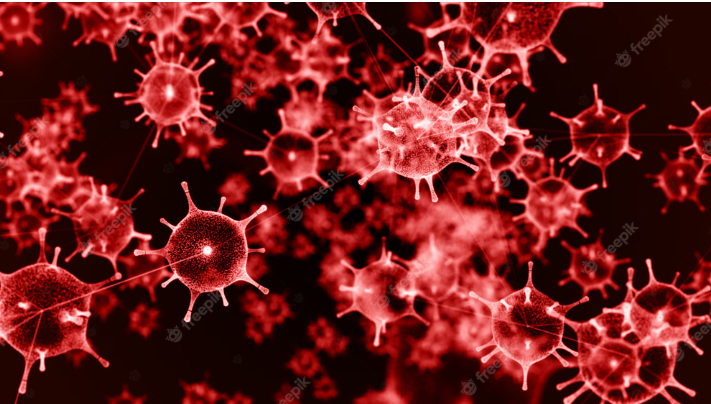
Responses